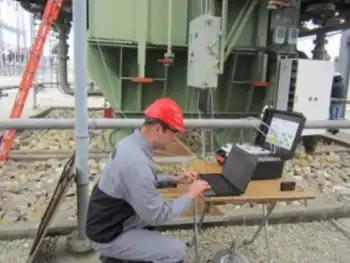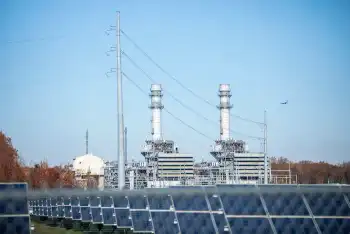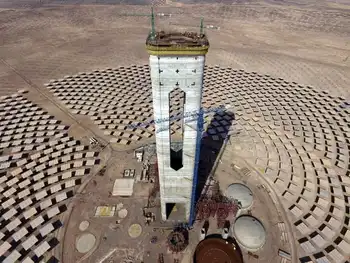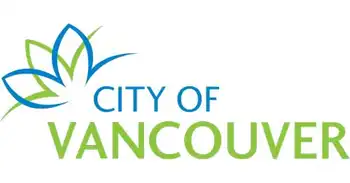ClarkÂ’s jobs plan needs huge power hike, BC Hydro says
By Globe and Mail
Electrical Testing & Commissioning of Power Systems
Our customized live online or in‑person group training can be delivered to your staff at your location.

- Live Online
- 12 hours Instructor-led
- Group Training Available
BC Hydro, in the midst of a cost-cutting exercise after the Premier demanded the Crown corporation rein in rate increases, is now under orders to ensure enough energy for three new liquefied natural gas plants and eight new mines.
Between the Premier’s jobs plan and the development of shale gas, BC Hydro is looking at unprecedented load growth in northern B.C. and is warning it will need “major investment” in transmission facilities, according to a Sept. 26, BC Hydro planning document titled “Generate 2011: Meeting new power needs.”
The document warns that the expansion to meet the demand of shale gas, new mines and LNG plants, forecast to increase by between 2,600 and 3,250 megawatts, will have an impact on ratepayers.
At the low end, the expansion will require a 20-per-cent increase over BC HydroÂ’s current capacity.
A single project, the proposed Shell LNG facility, could be the largest consumer of power in the province – capable of consuming the entire capacity of the $8-billion Site C project, which the province has committed to building, though it still faces regulatory hurdles.
In her jobs plan announced last month, Ms. Clark vowed to help launch eight new mines and the expansion of another nine mines now operating in British Columbia by 2015. In addition, the plan promises there will be at least one LNG pipeline and terminal online by 2015 and another two in operation by 2020. “LNG expansion will not be held back by a lack of supply of electricity,” the jobs plan states.
However, the government is vague on how it will meet that commitment. The province is a net importer of electricity now, although by law it must be self-sufficient by 2016. BC Hydro refused to provide any details of its plans to address the growing demands it is facing, saying a new resource plan wonÂ’t be ready until the end of 2012.
However, a recent application by the Crown corporation to its regulator for a new transmission line near Dawson Creek underscores the challenge. “BC Hydro is anticipating some of the most dramatic, single-industry load growth in a discrete area that it has experienced in recent history,” the application notes.
That planning document raises the possibility that if Hydro cannot meet the demand, billions of dollars of new projects will be built using natural gas to provide their energy needs, adding to the provinceÂ’s greenhouse-gas emissions at a time that it is supposed to be reducing them.
In an interview, Energy Minister Rich Coleman said he is not worried about BC Hydro’s ability to meet growing need. “I have told [Jobs Minister Pat Bell] we’re not going to be the holdup,” he said.
BC Hydro has enough electricity to supply the first phase of the Kitimat LNG plant, which is aiming to be in production by 2015. However, there is not enough capacity to launch the first phase of the Shell LNG facility, set to produce in 2018. BC Hydro doesnÂ’t mention a third power-hungry LNG plant in its Sept. 26 report.
Mr. Coleman noted that BC Hydro is in the process of upgrading two older dams, Mica and Revelstoke, to increase capacity.
“We have been lucky,” he said. “The biggest piece of luck is the vision of people who came before us, the people who built those dams for the last generation, they actually created the opportunity for more penstock.”
But as B.C. struggles to grapple with a surge in demand for electricity, the Crown corporationÂ’s aging infrastructure has not seen similar investments in this generation.
In fact, Mr. Coleman is looking at reducing the Crown corporationÂ’s requirements for self-sufficiency so that it wonÂ’t be compelled to expand its capacity as much as the current law dictates.
“You don’t build capacity for something that may not happen,” Mr. Coleman said. “We don’t want to build power that we aren’t going to use.”











